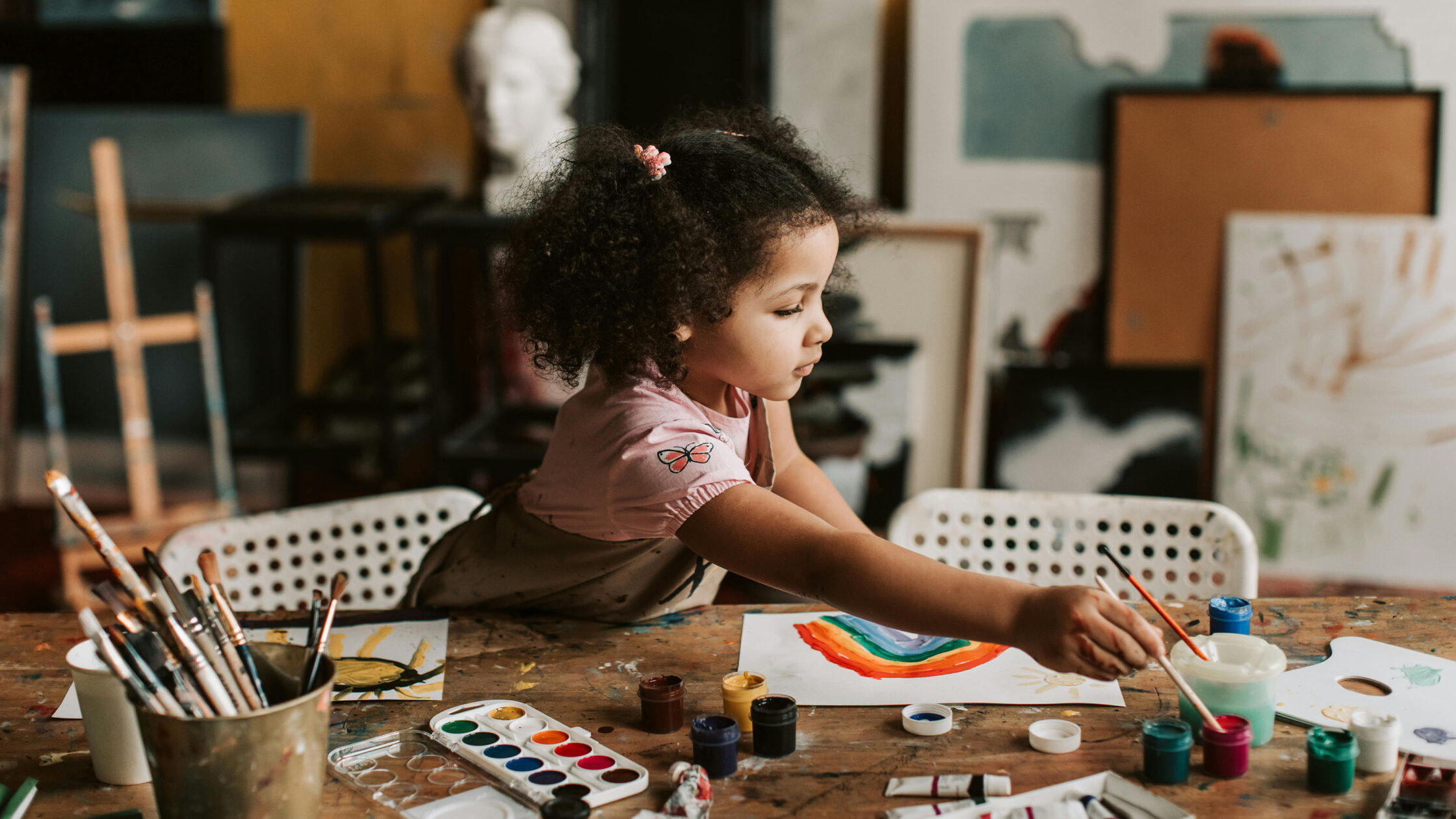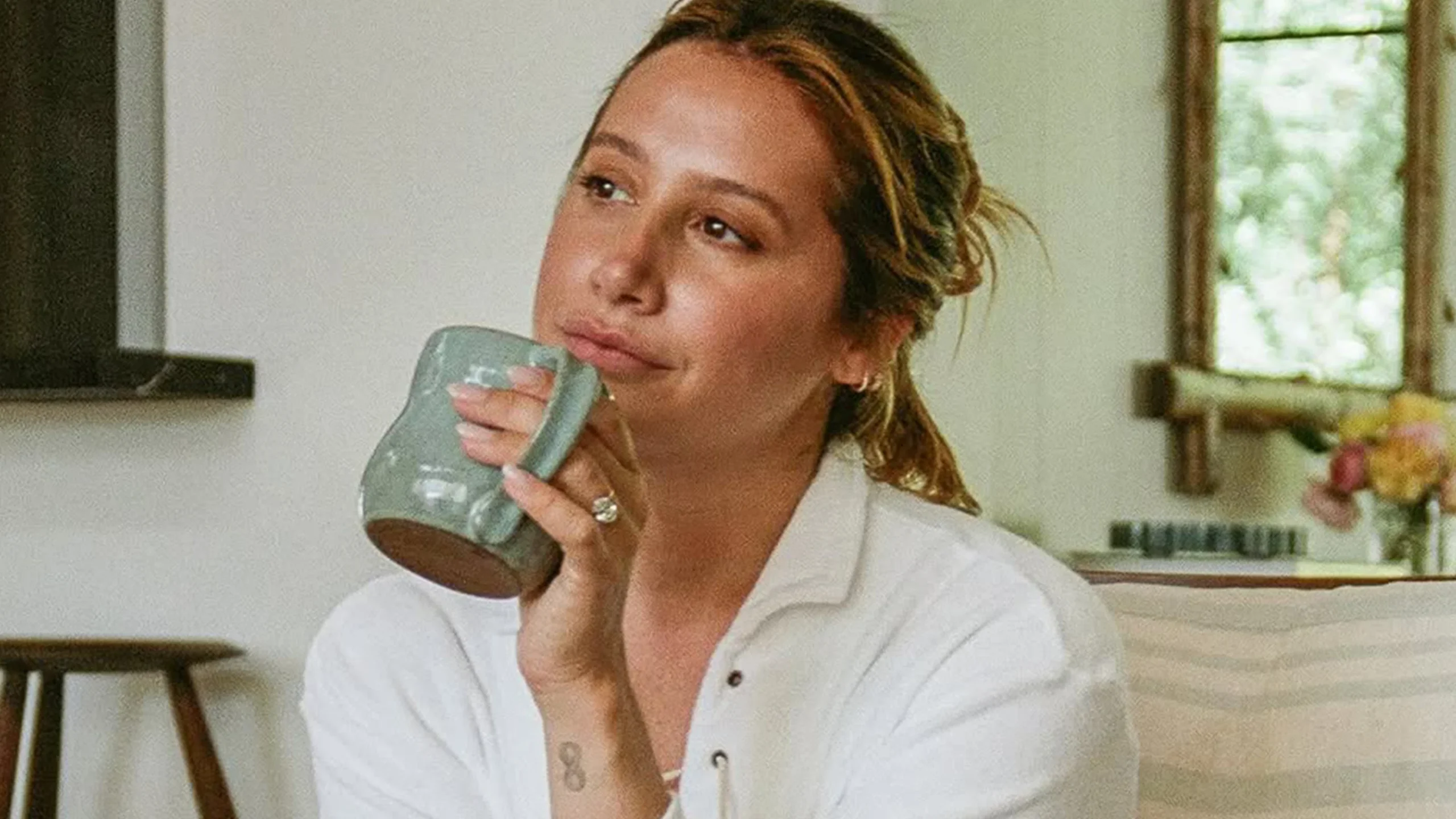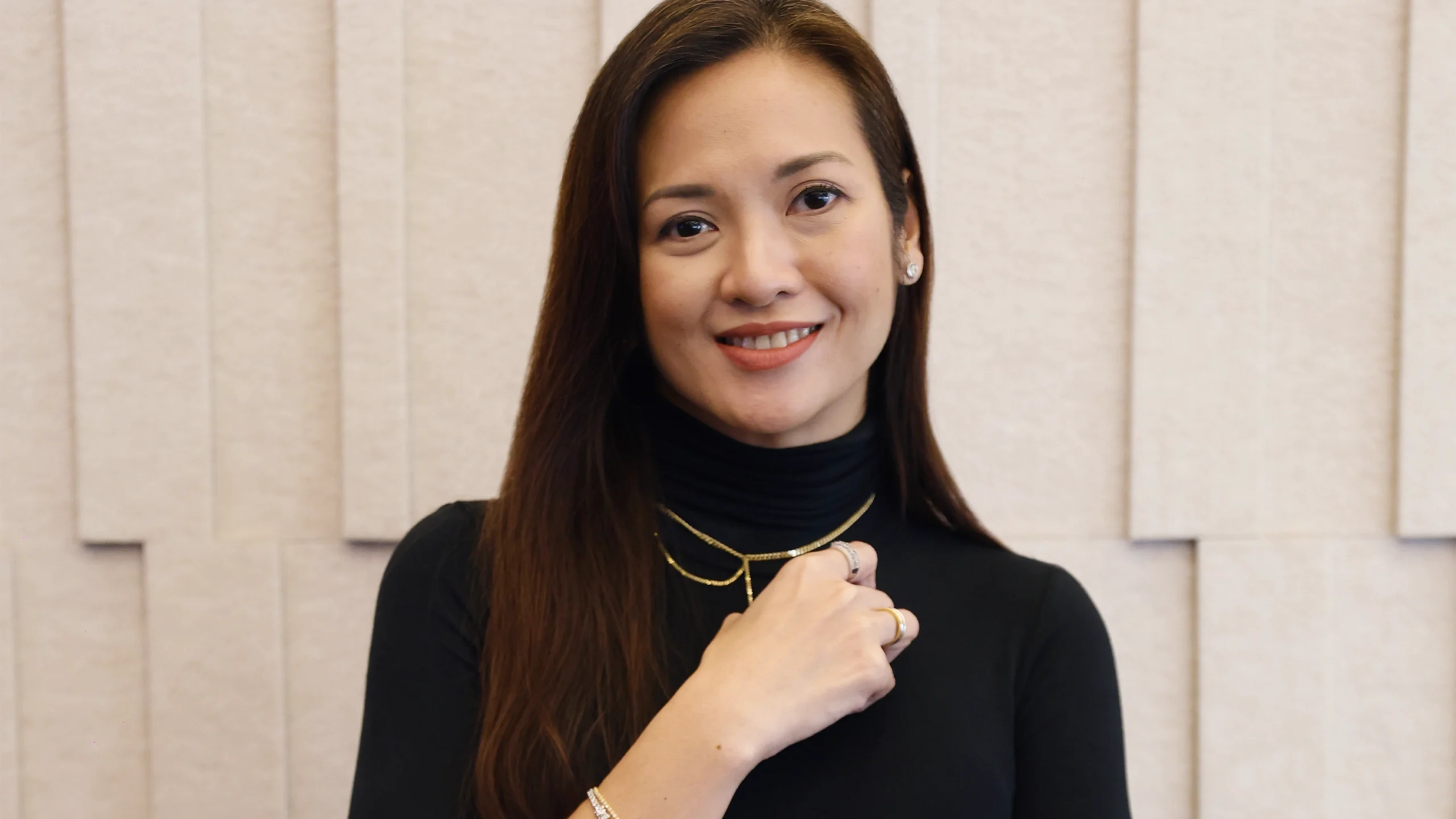Changing The Tone of “Sige, bahala ka na!”: Allowing Our Kids to Be Creative and Critical
A lot of times, our kids lose their ability to be creative or critical when they think is because they see how it triggers us.
Kids express their critical and creative thinking in various ways but the most common one is how they question our decisions and do things differently from us. We tell them to do something in this specific way; they do it another way. A way that’s quite creative and sometimes, more comprehensive and easier to do which can make us, parents, feel inadequate. And sometimes, this can be triggering.
Especially for parents who grew up with parents who had the “my way or the highway” mentality with a volatile temper to match, it isn’t easy to regulate. Our unresolved feelings and physiological flashbacks like headaches, hot flashes, and palpitations are all signs of fear and sometimes, we have no idea where it came from. It’s just there.
And most of the time, we resolve that by unleashing those feelings in the form of escalated coaxing and scolding. Once our kids see our responses, they realize that their behavior triggered something, and instead of properly understanding why it was bad, they settle on knowing that it “hurts” us. Unfortunately, they’re still in the stage of a “one size fits all” and mentally declare that all actions are similar in nature are therefore taboo.
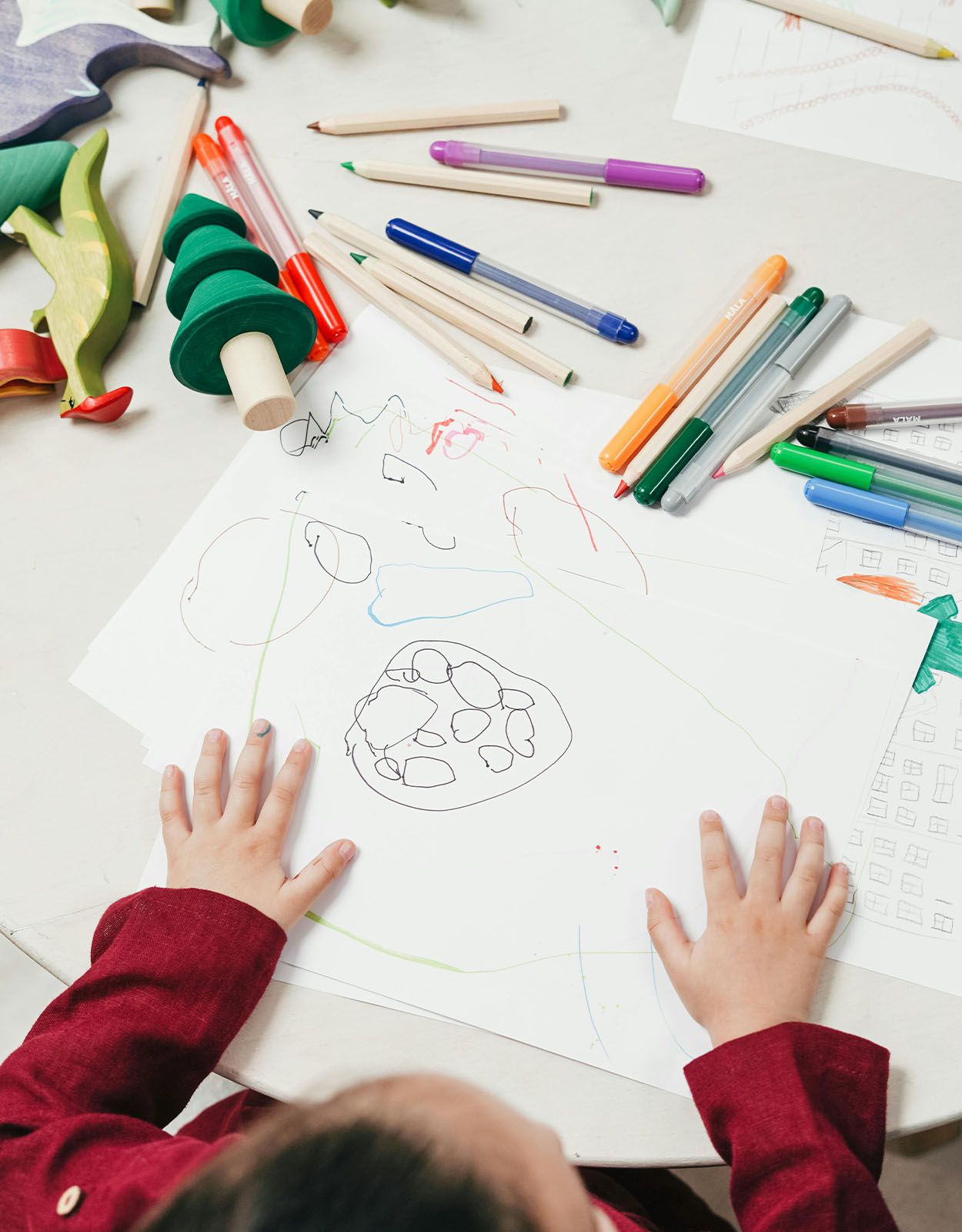
Growing Up Creatively Critical: Navigating the Powerplays and Contradictions
If there’s one thing we realize about parenting and navigating and understanding our kids’ creative and critical thinking, it’s that the journey is full of contradictions. Officially and on the record, we say that we’re open to letting our kids “do what they want.” But behind the doors, the kids know and sometimes we don’t realize it: nothing happens unless we approve.
Unfortunately, the crux of that system is that – we may be their parents but we’re still human. Being human means we don’t know everything and therefore, it’s easy for the fear of the unknown and uncertainty to overwhelm our curiosity. While Fear is essential to keep us from dying or ending up in mortal danger, it’s how we control or navigate it that determines how creative and critical we’re willing to be.
And in the many cases that our kids are just more than happy to demonstrate their creative and critical thinking, we need to let go of that Fear.
But letting go of that Fear doesn’t mean letting our kids always run wild with their creativity. Sometimes, we need to be the voice of authority and reason.
Understanding creativity in the context of knowledge and wisdom
To be that voice of authority and reason, we first need to recognize that our kids see us as a fountain of knowledge and wisdom. However, these are two different virtues. And that poignant difference is best explained by a quote from Irish former professional rugby player Brian O’Driscoll, “Knowledge is knowing that tomato is a fruit. Wisdom is knowing not to mix tomato in fruit salad.“
Knowing something is different from actually applying it which is where Fear plays a role. Our fears are further built upon experience which, in essence, is wisdom. And while wisdom allows us to recognize universal patterns, it doesn’t always take into account time and context-specific factors. Kids, on the other hand, are quicker to pick up the time and context-specific factors because they’re experiencing it as a part of their lives.
Which is why, kids just amaze and stupefy us with all their eureka moments.
Insight: An ability kids have to creatively think
However, many of us know it more as “creativity” and therein lies the truth why our kids don’t seemingly have that self-imposed “glass ceiling.” Our kids, because they haven’t lost their brain cells yet (unlike us due to age, stress, and work), are more imaginative and are still trying to develop the ability to put themselves in other people’s shoes. Without social repercussions to hold them back, they act upon it with sometimes, reckless abandon.
So where does their awareness for social repercussions come from?
It comes from us. Parents are their kids’ window to society and if parents are constantly quashing their creative approaches, they’ll eventually just fall in line like the rest of the people.
Take note, however, there’s only time when killing “creativity” is a necessity – when its inherently and morally wrong. It’s easy to notice especially when kids are eerily comfortable with animal cruelty or do things with willful disregard to other people’s feelings.
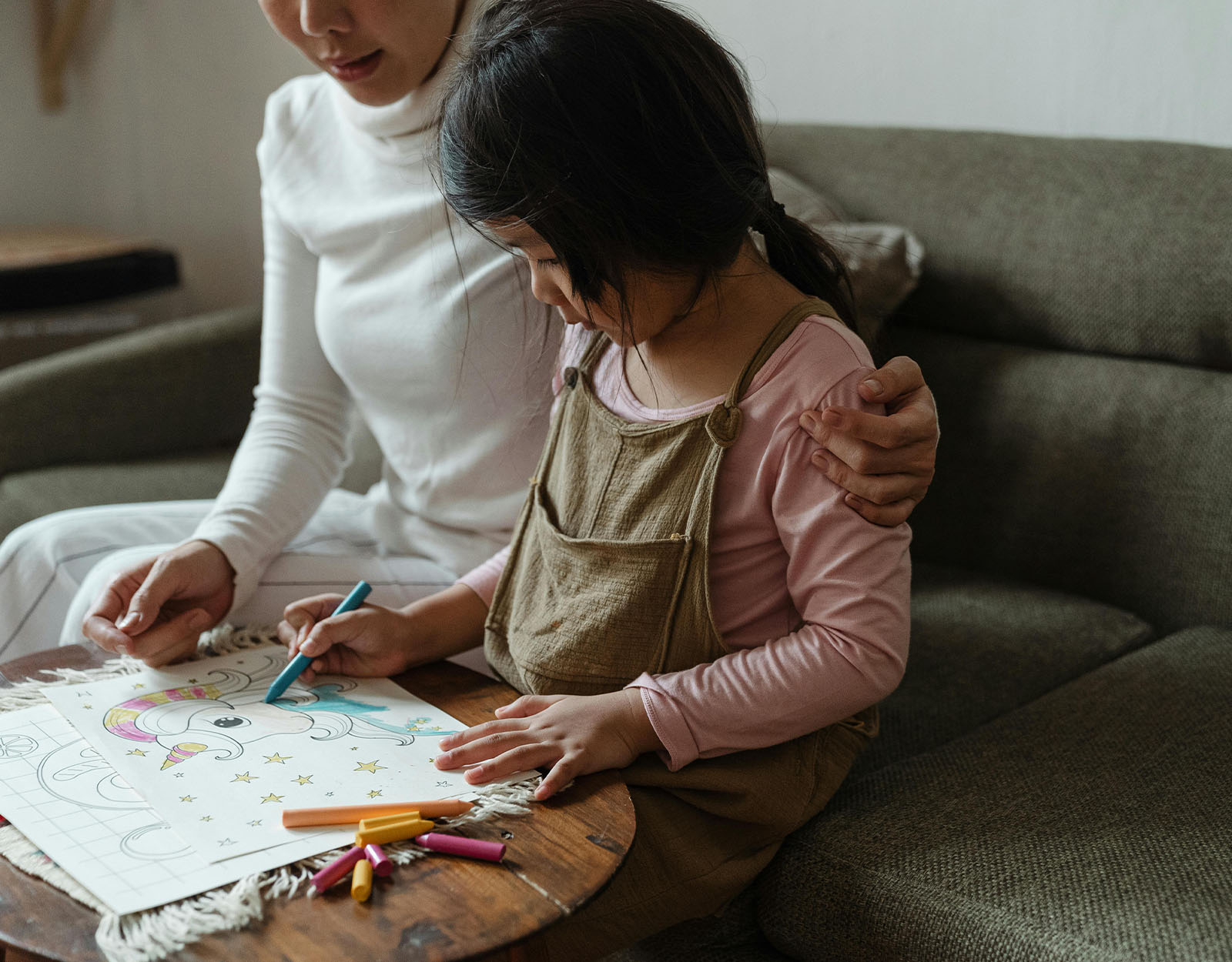
Creative and critical thinking however is never a smooth or clean process.
Perhaps, the most triggering part of creative and critical thinking among Filipinos is just how rough it is to do so. We’re always looking for something seamless and while it can be mechanically, emotionally – that’s never the case. The unspoken demand for social and mental gymnastics in our culture comes from history-old events from our colonial roots and how social media makes feedback – both positive and negative – instant.
So before we goad our children with “Sige, bahala ka na!”, remember that it takes only a conscious change of tone to turn that threat into a form of loving encouragement.
More about creative and critical thinking?
At What Age Can Kids Learn Habits of the Mind?
Ways to Foster Creativity and Play: The Key to Healthy Child Development
Teacher-Approved Sensory Play Ideas For Kids
